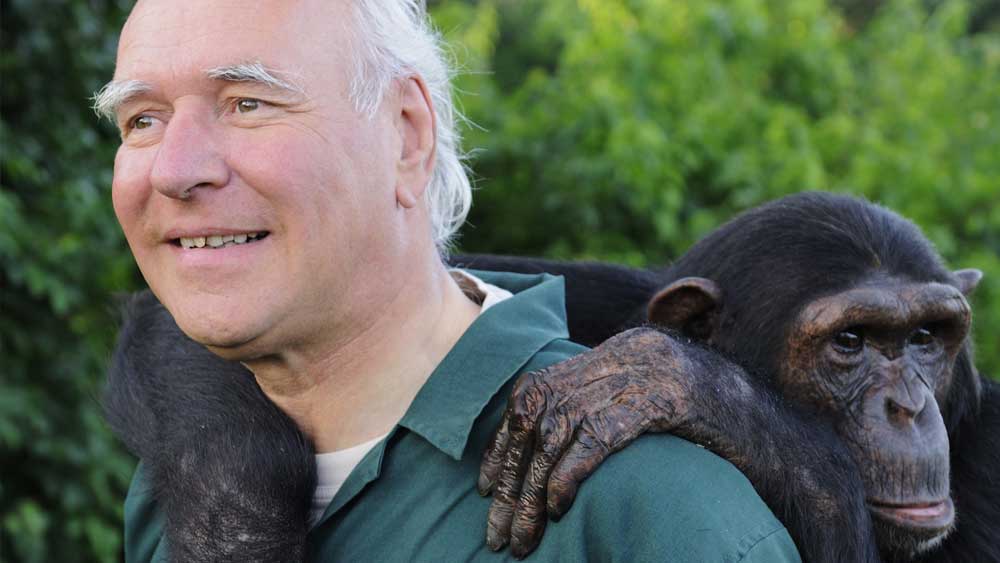All plant and animal genomes studied so far exhibit complex and distinct three-dimensional (3-D) structures in their chromosome configurations depending on the type of cell (e.g., heart, liver, brain, etc.). Given the incredible variability among genome configurations within a single type of creature, let alone that which exists between creatures (e.g., human vs. chimpanzee), this area of evolutionary comparison has been difficult for secular researchers. Now a new study published in Trends in Genetics evaluates research in this emerging field that shows the human 3-D genome is distinctly unique to humans, confirming previous research that showed it is as different compared to chimp as it is to mouse.1
One of the best ways to empirically understand the 3-D configuration of chromosomes in the nucleus of the cell is to define topologically associating domains (TADs) in the DNA sequence. TADs are characterized as regions whose DNA sequences preferentially contact and interact with each other in association with specific cell types and biological functions. TADs were first discovered in 2012 using newly developed chromosome conformation analysis techniques.2 In mammals, the median TAD length is about 900,000 DNA letters (bases) long—a sizeable stretch of DNA that typically contains multiple genes and many regulatory switches and control features.3
One important aspect of 3-D genome structure has to do with the epigenetic modification of proteins called histones that the DNA is wrapped around. A 2011 study showed that a specific type of histone modification had only about a 70% overlap or similarity between humans and chimps.4 Remarkably, another study in 2012 showed that humans had about a 70% similarity for the same feature with mice.5 In other words, humans were as different to mice as they were to chimps for this particular genome conformation metric.
In the Trends in Genetics study, scientists wanted to take a closer look at this evolutionary anomaly to see if it held true for one of the most important features of genome conformation—TAD similarity. They found that in comparing humans and chimps, “only ~43% of TADs conserved [similar] between these species, but across many different parameters (e.g., resolution, window size, genome assembly) and different downstream analysis decisions, no more than 78% of domains and 83% of TAD boundaries were found to be shared between humans and chimpanzees.” This huge evolutionary discrepancy led them to conclude, “In our mind, there is no strong basis for the common and often unchallenged notion that TADs are highly conserved.”1 In other words, a lack of conservation means no evidence for evolution.
This new study, along with many others, is continuing to debunk evolution and confirm the uniqueness of the human genome. For example, previous research by this author has shown that the human and chimp genomes are no more than 85% similar, and it’s likely the final findings will be far less than that.6 The Bible clearly states that humans were created uniquely in the image of God.7 Modern genetics research increasingly confirms this profound truth.
References
1. Eres, I. E. and Y. Gilad. A TAD Skeptic: Is 3D Genome Topology Conserved? Trends in Genetics, published online November 14, 2020.
2. Dixon, J. R. et al. 2012. Topological domains in mammalian genomes identified by analysis of chromatin interactions. Nature. 485 (7398): 376-380.
3. Yu, M. and B. Ren. 2017. The Three-Dimensional Organization of Mammalian Genomes. Annual Review of Cell and Developmental Biology. 33: 265-289.
4. Cain, C. E. et al. 2011. Gene Expression Differences Among Primates Are Associated With Changes in a Histone Epigenetic Modification. Genetics. 187 (4): 1225-1234.
5. Woo, Y. H. and W.-H. Li. 2012. Evolutionary Conservation of Histone Modifications in Mammals. Molecular Biology and Evolution. 29 (7): 1757-1767.
6. Tomkins, J. P. 2018. Separate Studies Converge on Human-Chimp DNA Dissimilarity. Acts & Facts. 47 (11): 9.
7. Genesis 1:27.
*Dr. Tomkins is Director of Research at the Institute for Creation Research and earned his doctorate in genetics from Clemson University.

3-D Human Genome Radically Different from Chimp
The Latest
A ''40 million year old'' 100% European Gnat
Finding well-preserved creatures in amber1 is a landfall for creation scientists, much like the numerous discoveries of soft dinosaur tissue...
CREATION PODCAST
The Undeniable Power of Narrative | The Creation Podcast: Episode...
Science is objective. At least, that’s what we’re told. But there are inherent issues with this statement that can cause...
Paintbrush of the Creator
Who doesn’t enjoy the amazing color patterns of butterflies?1,2 Such beautiful designs and construction do not reflect blind naturalistic...
November 2024 ICR Wallpaper
"Rejoice always, pray without ceasing, in everything give thanks; for this is the will of God in Christ Jesus for you." (1 Thessalonians 5:16-18 NKJV)
ICR...
Reformation Day, October 31
Five hundred years ago in Wittenberg, Germany, an unusual scholar changed the course of human history using pen and hammer. Dr. Martin Luther protested...
Creation Kids: Owls
by Sydney Walters and Susan Windsor*
You're never too young to be a creation scientist and explore our Creator's world. Kids, discover...
RNA Hoops: When Circular Reasoning Makes Sense
If the regulatory picture of the genome were not complicated enough, over the past decade scientists have discovered another level of Darwinian-defying...
Gunnison National Forest: Adaptable Aspens and Warped Rocks
Gunnison National Forest’s 1.67-millionplus acres showcase stunning views of the Colorado Rocky Mountains. The Continental Divide forms its eastern...
Applying the Theory of Biological Design to Optimal Owl Flight
by Randy J. Guliuzza, P.E., M.D., and Aaron T. Guliuzza, P.E.*
If the greatest writers had been well-versed in fields of science,...
The Jaw-Dropping Design in Hawaii's State Fish
Hawaiians call their state fish the humuhumunukunukuapua’a, or humuhumu for short, and snorkelers marvel at its wild paint job as it flits...













